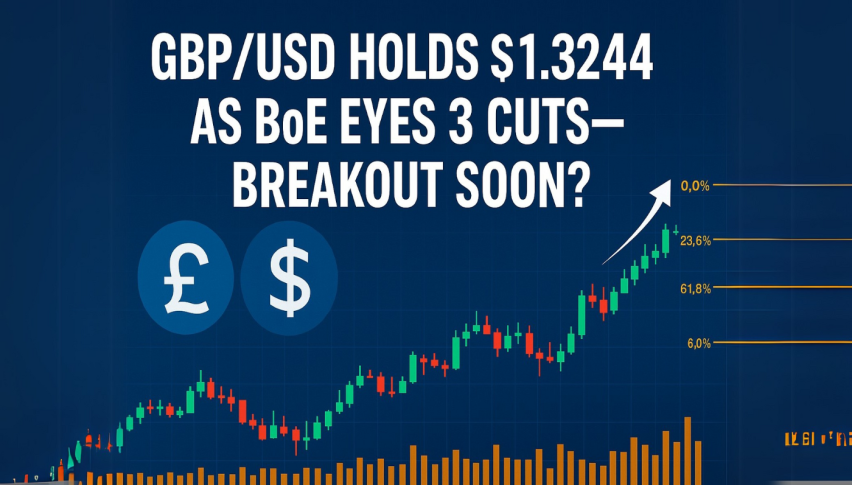AUD/USD Rises on Tariff Talks—Triangle Squeeze Looms
The Australian Dollar (AUD) rose against the US Dollar (USD) for a second day as reports emerged that China...

Quick overview
- The Australian Dollar (AUD) gained against the US Dollar (USD) amid speculation that China may suspend tariffs on certain US imports.
- AUD/USD is currently compressing in a symmetrical triangle pattern, indicating a potential breakout soon.
- Mixed signals from the US regarding tariff reductions and softer economic data from Australia are contributing to market uncertainty.
- The US Dollar Index (DXY) declined due to rising jobless claims and a drop in the S&P Global Composite PMI.
The Australian Dollar (AUD) rose against the US Dollar (USD) for a second day as reports emerged that China is considering suspending 125% tariffs on some US imports. According to Bloomberg, the items under consideration are aircraft leasing, ethane and medical equipment – all key to bilateral trade. No official confirmation has been made by China’s Ministry of Finance but the speculation was enough to lift AUD sentiment.
As Australia is heavily reliant on China, any easing in Beijing’s trade tensions with Washington tends to support the Aussie. But the headlines only helped AUD/USD initially, resistance has started to form as global risk sentiment remains fragile.
Technical Picture: Price Compression Signals Breakout Risk
AUD/USD is compressing in a symmetrical triangle on the 2-hour chart, currently at $0.6378 just below the 50 EMA at $0.6388. The pair has failed to break above $0.6415 several times and support is holding at $0.6344.
The MACD is flattening out, suggesting momentum is fading and a breakout – up or down – may be imminent. Watch for a confirmed move outside the triangle for direction:
Trade Setup:
Buy above $0.6415
Target: $0.6439, $0.6462
Stop-loss: Below $0.6344
Bear case: Below $0.6344 targets $0.6322 or $0.6297
Be patient here. Triangles tend to compress until a clear signal emerges and chasing early moves inside the pattern can lead to whipsaws.
Macro Forces Offer Conflicting Signals
US-China trade optimism was tempered by mixed signals out of Washington. While there are hints the Trump administration may reduce some tariffs on Chinese goods, Treasury Secretary Scott Bessent quickly poured cold water on the speculation saying no formal proposals are on the table.
Meanwhile China’s Finance Ministry is calling for greater international cooperation to stabilise global markets, warning prolonged tariff friction may damage fragile economies.
In Australia, economic data has turned slightly softer. Judo Bank’s April PMIs showed:

Manufacturing PMI: 51.7 vs 52.1 (March)* Services PMI: 51.4 vs 51.6 (March)
Composite PMI: 51.4
Westpac is also expecting a 25 basis-point RBA rate cut at the May 20 meeting, suggesting the RBA sees enough slack in the economy to ease.
US Dollar Eases on Soft Labor and PMI Data
The US Dollar Index (DXY) fell to 99.60 after initial jobless claims rose to 222,000, slightly above expectations. Continuing claims dropped 37,000 to 1.841 million but the labor market is still mixed. The S&P Global Composite PMI added to the bearish tone, down to 51.2 from 53.5, indicating broad based economic slowing.
In response to market volatility, President Trump confirmed Fed Chair Jerome Powell will stay on, which is being seen as a sign of monetary policy continuity.
- Check out our free forex signals
- Follow the top economic events on FX Leaders economic calendar
- Trade better, discover more Forex Trading Strategies
- Open a FREE Trading Account



